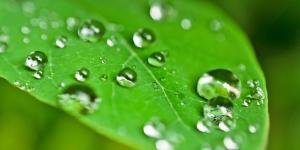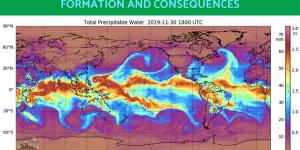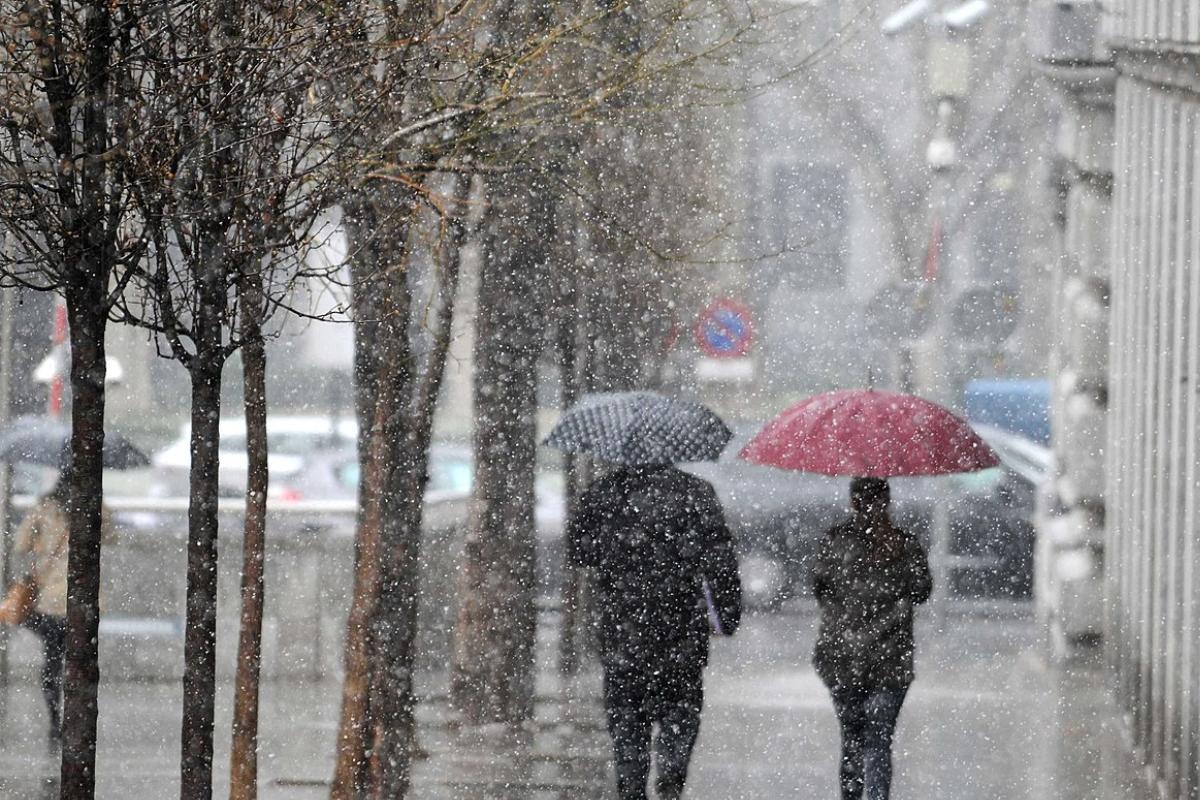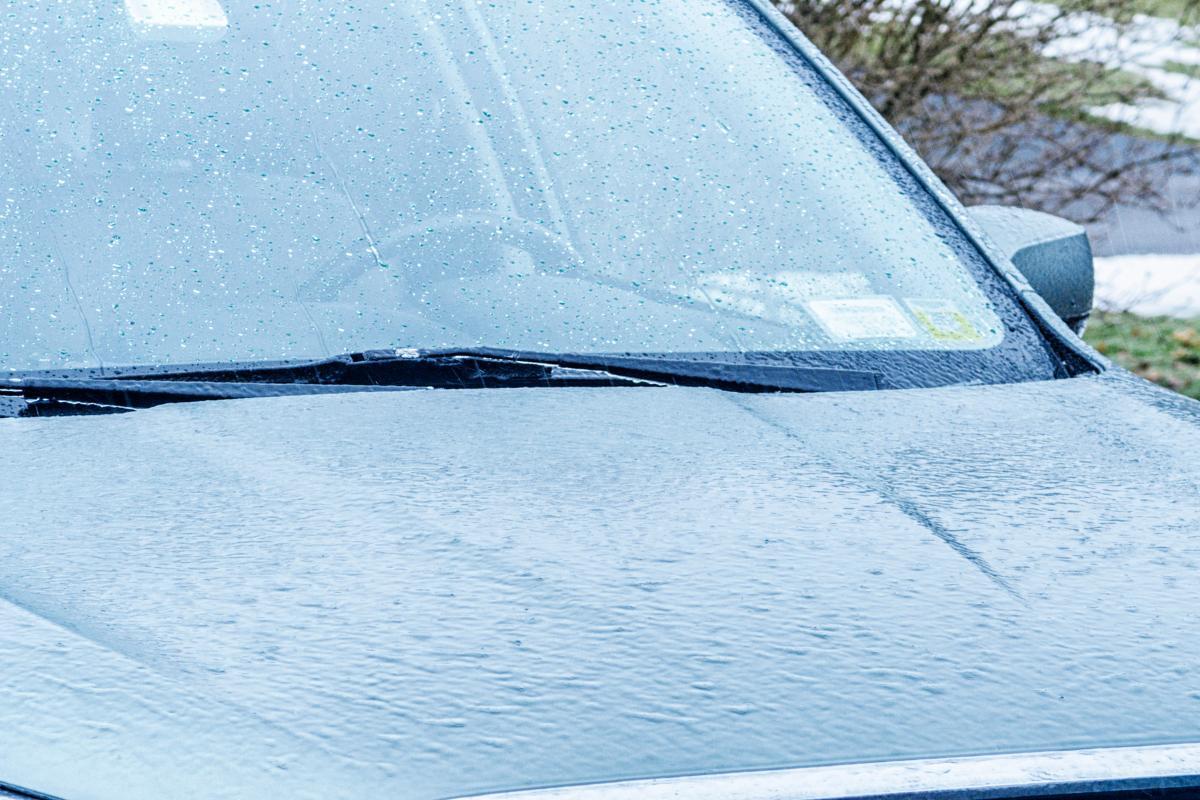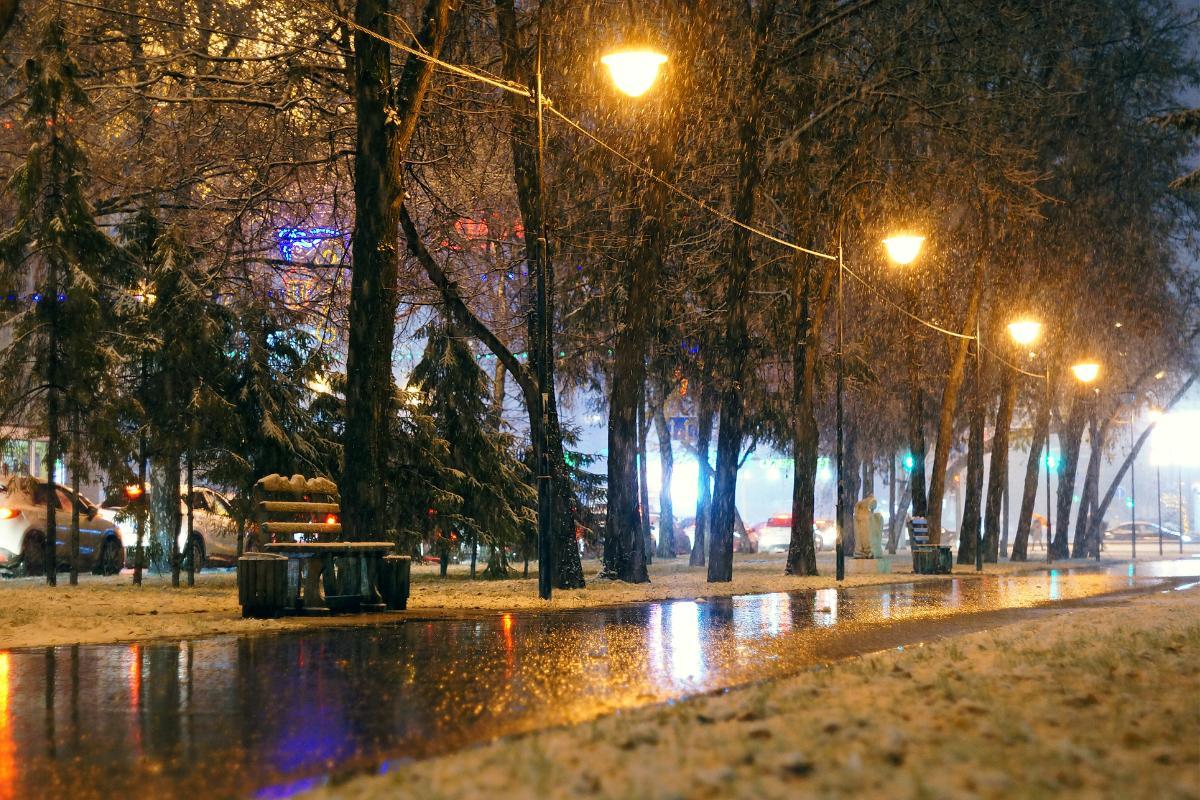What Is Sleet and How Is It Formed?


Sleet is a form of precipitation that combines characteristics of snow and rain, resulting in partially frozen water droplets falling from the sky. For this reason, it is also known as rain and snow mixed, a very matter-of-fact description for the same phenomenon. Sleet is formed when snowflakes pass through a layer of warmer air during their descent and partially melt, cooling again before reaching the ground. The results in a sludgy precipitate which can cause difficulty for those of us who experience it. At thedailyECO, we find out what is sleet and how is it formed?
What is sleet?
Sleet is a form of precipitation that falls somewhere between snow and rain. It is made up of partially frozen water droplets that fall from the sky in the form of small balls of wet ice. This is in contrast to similar cold weather phenomena such as hail, but the latter are hard pellets which form due to updrafts in thunderstorms. It is also the term which is used outside the United States of America. In the US, sleet is known as rain and snow mixed.
The meteorological phenomenon we know as sleet typically occurs when the temperature in the atmosphere is low enough to form snow. At the same time there is a layer of warmer air near the ground that causes partial melting of snowflakes as they fall and pass through it before colliding with the ground.
It can be quite slippery and dangerous for both pedestrian and vehicle traffic. When it builds up on roads, it can form partially-frozen patches. This is very difficult to see, especially from within a vehicle and can lead to traction problems. It has been known to cause very serious accidents. In addition, sleet can damage infrastructure and vegetation due to its weight and the formation of ice.
Ideal conditions for sleet formation include a temperature near freezing at the surface, typically between 0 and 2 degrees Celsius. In temperate climates, sleet is most common during winter and in seasonal transitions when warm and cold air masses interact. This type of precipitation is less common in very cold climates, where snow is the predominant form of winter precipitation.
The presence of sleet can be a sign of changes in weather conditions and usually indicates the arrival of warm or cold fronts. Meteorologists use radar and monitoring stations to predict and warn about sleet, helping to prevent accidents and prepare the population for these adverse conditions.
Discover a similar weather phenomenon which involves frozen precipitation with our article on what are snow pellets and how are they formed?

How sleet forms
The formation of sleet is a process that involves several layers of the Earth's atmosphere and their respective temperatures. With this mind, we can say that sleet is formed by the following:
- The formation of sleet starts in the clouds where temperatures are very low, generally below 0ºC (32ºF). Under these conditions, water vapor freezes and forms ice crystals. These crystals clump together to create snowflakes. Learn about the different types of snow in our related article.
- As snowflakes begin to fall towards Earth, they pass through different layers of the atmosphere with different temperatures. In a typical sleet situation, these flakes pass through a layer of relatively warm air (with temperatures above freezing) located between the cloud and the Earth's surface.
- As they pass through this layer of warmer air, the snowflakes partially melt. This heat is not enough to completely transform snow into rain, but it is enough for the flakes to become a mixture of snow and liquid water.
- After passing through the warm layer, partially melted snowflakes can again encounter a layer of colder air near the ground. If this layer is not cold or deep enough to completely refreeze the droplets, precipitation reaches the surface as sleet.
Upon reaching the ground, sleet can behave in different ways depending on the surface temperature. If the ground temperature is below freezing, sleet can freeze into patches of ice. If the ground temperature is just above freezing, sleet can quickly melt into water.
The patches of ice caused by sleet hitting freezing ground is not the same as black ice. The latter is caused by glaze ice which is occurs when freezing rain hits surfaces. Black ice is more uniformed and very slick, whereas ice from sleet is patchy and not as slippery.
Discover what is rime ice and how is it formed in our related guide.

Difference between snow and sleet
The difference between snow and sleet lies mainly in their formation processes, as well as their physical characteristics upon reaching the surface. Both types of precipitation form under low-temperature conditions, but the interaction of layers of cold and warm air at different altitudes determines whether snow or sleet will fall.
- Snow forms when water vapor in the atmosphere freezes and turns directly into ice crystals, clumping together to form snowflakes. This process occurs entirely in sub-zero temperatures, from the clouds to the ground. Snowflakes fall through a cold atmosphere, without passing through a layer of warm air that could melt them. Snow reaches the ground in its solid form, creating a fluffy white layer that is characteristic of winter.
- Sleet is a combination of snow and water droplets. It forms in an atmosphere where there is a mixture of cold and warm temperatures. Initially, ice crystals form in clouds, just like snow. As they descend, these crystals pass through a layer of warmer air, causing them to partially melt. As they again pass through a layer of cold air near the ground, the partially melted flakes do not have enough time to completely refreeze. As a result, precipitation reaches the ground in the form of small pellets of ice mixed with water, known as sleet.
- The differences in the consistency and behavior of snow and sleet are also notable. Snow is soft and light, allowing it to accumulate easily on the ground. It forms a uniform layer that is relatively easy to remove and manage. Due to its structure, snow has an insulating effect and can be less slippery than water and ice. In contrast, sleet contains a mixture of water and ice. For this reason, it tends to be denser and can accumulate in a layer that quickly becomes slippery and dangerous as it freezes on cold surfaces. This makes sleet harder to handle and it can be more dangerous for traffic and pedestrians.
Now we know about what sleet is and how it is formed, we know it is a type of precipitation which begins its formation in clouds. For more information on this subject, take a look at our related article on what are clouds and how do they form?
If you want to read similar articles to What Is Sleet and How Is It Formed?, we recommend you visit our Meteorological phenomena category.

